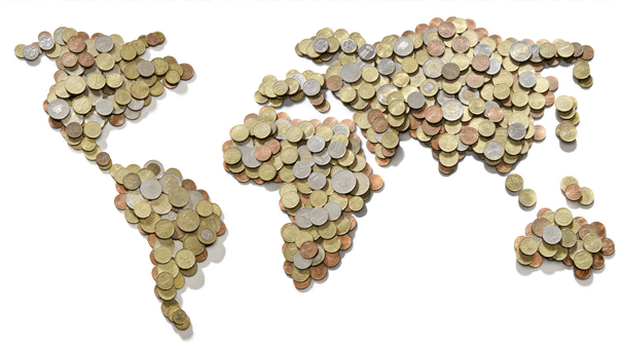Understanding Sovereign Wealth Funds Essential, researchers say
Sep 12, 2014
Consider the economic potential – and political power – that $5.5-trillion of the global economy can generate. It exists, quietly, and the western banking system can attest to it. During the 2008 financial crisis, the world’s faltering economy was recapitalized by $40-billion in less than four months.
Sovereign Wealth Funds (SWF) played a critical role in halting the greatest economic crisis of a century, according to academic business researchers.
SWFs are government-owned investment funds. Collectively, they own more than $10-billion of the world’s 10 largest companies by market capitalization. SWFs exist in four major countries and regions: China, Norway, the Middle East and southeast Asia. About 32 per cent – 17 SWFs valued at $1.8-trillion – are managed by six countries in the Middle East: Saudi Arabia, United Arab Emirates, Oman, Qatar, Kuwait and Bahrain.
There are two sources of funding for these financial behemoths: natural resources and exports (typically from Asian countries). SWFs generally fall into two groups – as macro fiscal stabilization (a “rainy day” fund) or as savings funds for investing in long-term national infrastructure growth.
Transparency and governance of SWFs vary dramatically. Norway, New Zealand, the U.S. and Ireland rank as the top four in their openness, while countries such as the United Arab Emirates, China and Oman rank low.
How SWFs are managed – and their investment objectives – are increasingly under scrutiny. In 2008, a Chinese SWF suffered severe losses from the bailout of the U.S. banking system. Researchers view what would have been ordinarily regarded as a terrible financial decision as a political power play.
In the corporate sector, SWFs are flexing their muscle as key company shareholders. In 2013, an SWF owning 18 per cent of a South African bank refused to back the re-appointment of four executive directors, calling for more independent directors.
Little or poor quality data and a lack of transparency in some regions make understanding SWFs difficult, says Javier Capapé, co-author of the paper. “As an increasingly active member of the global economy, SWFs and their role as investors and shareholders need to be examined. Both corporate social responsibilities and corporate sector influence may well be affected by them – their role and resultant actions must be understood. Sovereign Wealth Funds are an economic Wild West, and future research into governance and tracking data will become essential.”
Sovereign Wealth Funds: The Perfect Strangers by Javier Capapé and Dr. Javier Santiso, ESADEgeo – ESADE Business School, Ramon Llull University, Barcelona; and Ruth Aguilera, D’Amore-McKim School of Business, Northeastern University, Boston.

